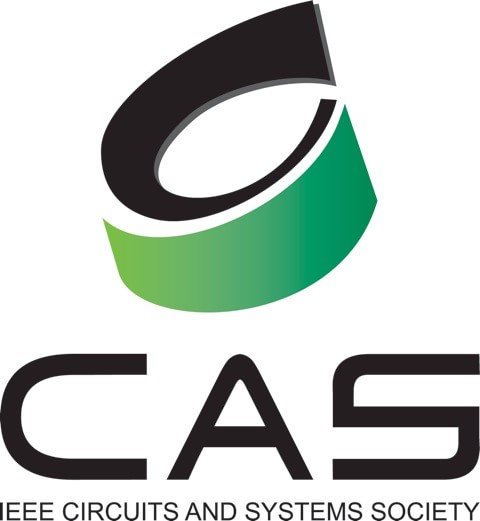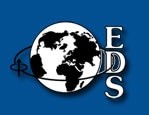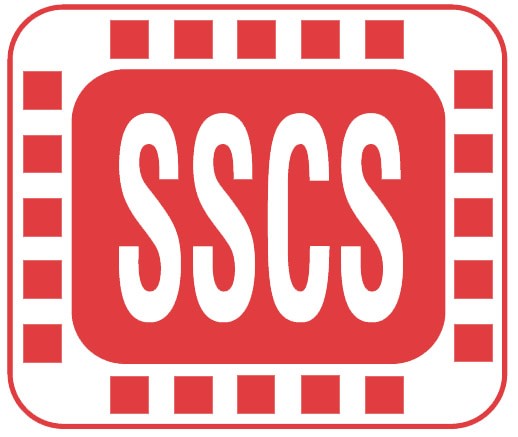View details »
The decade of the nineties is highlighted with truly remarkable progress on our ability to carry out simulations, not only for large scale problems, but also in terms of hybridization and integration of passive and active RF circuits for a variety of applications. These developments have allowed for broadband antenna design, simulations of large multilayered and multifunctional antennas with embedded frequency selective surfaces (FSS), metamaterial substrate designs, MEMS analysis and design, large finite arrays and full scale aircraft scattering analysis using first principle methods, Electromagnetic coupling and interference of systems involving passive and active components, magnetic resonance imaging (MRI) simulations , indoor propagation and evaluation of wireless systems, etc. What is probably so remarkable is that a decade ago (early 90s), we had just started looking at three-dimensional applications and the development of practical simulation tools was seemingly far away. Today, we have access to robust and fast three dimensional algorithms for composite materials and have also demonstrated that simulations of practical vehicles or large finite antenna arrays, and possibly RF integrated systems can be carried out on a desktop PC. In addition, we have delved into topology optimization/design. The latter holds promise for novel antenna and microwave circuit design, RF filters and RFICs for mixed signal applications, and others.This presentation will provide an overview of frequency domain developments, with particular focus on hybrid formulations and fast methods and their integration with formal design methodologies for antenna applications.




